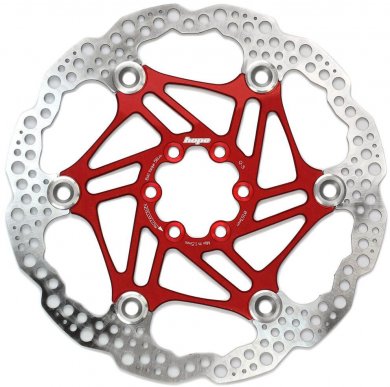Husky430
E*POWAH Master
Just wondering if anyone has gone down this road? Reading a brake comparison and they were talking about stopping efficiency being so much better as the rotor size goes up. Seems a relatively simple way to get more out of your existing brakes. Would be keen to give it a go next time I replace my rotor and just add in an adapter as well.

